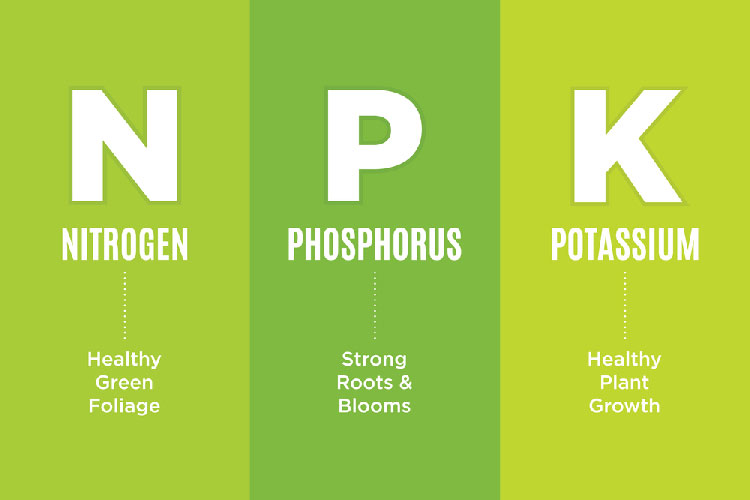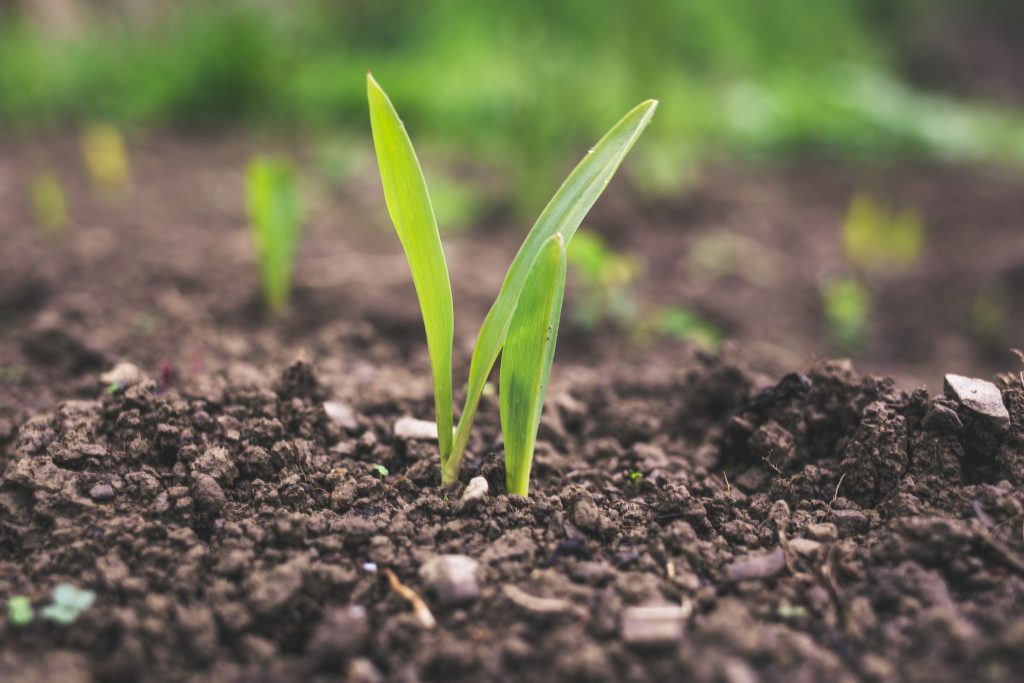When you go to buy fertilizers, take some time to carefully read the labels. It is crucial to comprehend the fertilizer numbers displayed on the front of the package, as well as the components used to produce the fertilizer. This read will take you through how to read fertilizer numbers.
The fertilizer store might make you wish you had paid more attention in your science class, but with a fundamental knowledge of fertilizer labels and some of the manufacturers’ current marketing strategies, you can easily clear up any confusion.
N-P-K numbers, commonly referred to as fertilizer numbers, are a trio of numbers that are printed on the packaging of fertilizer products. These figures indicate the fertilizer’s nutritional content and aid farmers and gardeners in selecting the best fertilizer for their crops.
The three digits stand for nitrogen (N), phosphorus (P), and potassium (K), the three essential elements that plants require to flourish . The proportion of each nutrient in the fertilizer, given in N-P-K order, is shown by the numbers. For instance, fertilizer with the labeled percentages 10-10-10 would have 10% nitrogen, 10% phosphorus, and 10% potassium.
Fertilizer Content Breakdown (how to read fertilizer numbers)
To understand the nutrient content of a 100lbs bag of all-purpose fertilizer with an NPK ratio of 5-5-5, let’s break down the numbers further:
N (nitrogen) content: 5% of 100lbs = 5lbs
P (phosphorus) content: 5% of 100lbs = 5lbs
K (potassium) content: 5% of 100lbs = 5lbs
In summary, the 100lbs bag of all-purpose fertilizer contains 5lbs of nitrogen, 5lbs of phosphorus, and 5lbs of potassium. Sand or granular limestone often serves as filler, which makes up the remainder of the fertilizer.
If you know the weight and the NPK ratio of a fertilizer, you can compute the precise amount of nutrients it contains.
To understand the nutrient content of a 200lbs bag of all-purpose fertilizer with an NPK ratio of 15-10-15, let’s break down the numbers further:
N (nitrogen) content: 15% of 200lbs = 30lbs
P (phosphorus) content: 10% of 200lbs = 20lbs
K (potassium) content: 15% of 200lbs = 30lbs

There are three digits in bold on every fertilizer you see. The plant’s N, P, and K ratios will always be in this order. This marking, which is a national norm, is also known as the fertilizer grade.
These three numbers correspond to nitrogen (N), phosphorus (P), and potassium (K), the three most significant plant macronutrients. These three nutrients are the most crucial of the 16 that are required for plant health.
Read also: Meaning and importance of agriculture
The functions of each nutrient are listed below:
Think “up, down, and all around” is a typical phrase used to describe each chemical’s function.
Using this short sentence will aid in your memory of it.
The first component on the list, nitrogen (N), aids in plant development above ground. The development of green, lush vegetation is greatly encouraged by nitrogen.
The middle element, phosphorus (P), is especially good at fostering underground development in the form of robust root systems. Moreover, it is the element mainly in charge of fruit and flower production.
The last number on the list, potassium (K), is thought to be crucial for general plant health. This is largely because of its capacity to support the development of robust cells inside plant tissue. As a result, the plants are able to survive a variety of conditions like heat, cold, pests, and diseases.
Based on the nutrients your plants require, you may use the numbers on the fertilizer label to choose the optimum fertilizer for them. A fertilizer with a greater phosphorus concentration, such as 10-20-10, would be better for blooming and fruit production whereas one with a higher nitrogen content, such as 20-10-10, would be good for plants that need plenty of leaf growth.
I believe you now know how to read fertilizer numbers.
Read also: Types of soil
The bottom line
While fertilizers can aid in stimulating plant development, it is crucial to keep in mind that there is a risk of over-fertilizing, which can result in nutritional imbalances and environmental issues. For the best plant development, always adhere to the fertilizer label’s directions and make sure you apply the fertilizer in the proper amounts at the right times.
